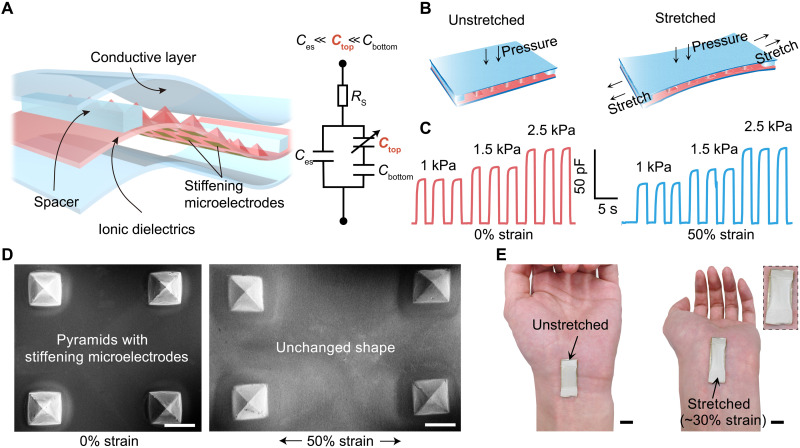Fig. 1. Structure and strain-unperturbed performance of the stretchable pressure sensor.
(A) Three-dimensional structure of the sensor and its equivalent circuit. Ces is the electrostatic capacitance between the top and bottom electrodes, and Ctop and Cbottom are the electrical double layer (EDL) capacitances of the top interface and the bottom interface between the ionic dielectric and the electrode, respectively. The height of spacers is 350 μm, which is the same as that of the pyramids. (B) Schematic illustrations of the pressure sensor operating under unstretched (left) and stretched (right) states. (C) Capacitance responses as the sensing signal to three repeated pressure values when the sensor is unstretched (0% strain, left) and stretched (50% strain, right). (D) Scanning electron microscopy (SEM) images of the micropyramid structures with stiffening microelectrodes (at the backside) at 0 and 50% strains. Scale bars, 500 μm. (E) Photographs of the sensor attached to a hand wrist without and with outward bending. The inset picture is the enlarged view showing the maintained conformability of the sensor under skin deformation. Photo credit: S. Wang and Q. Su, The University of Chicago.

